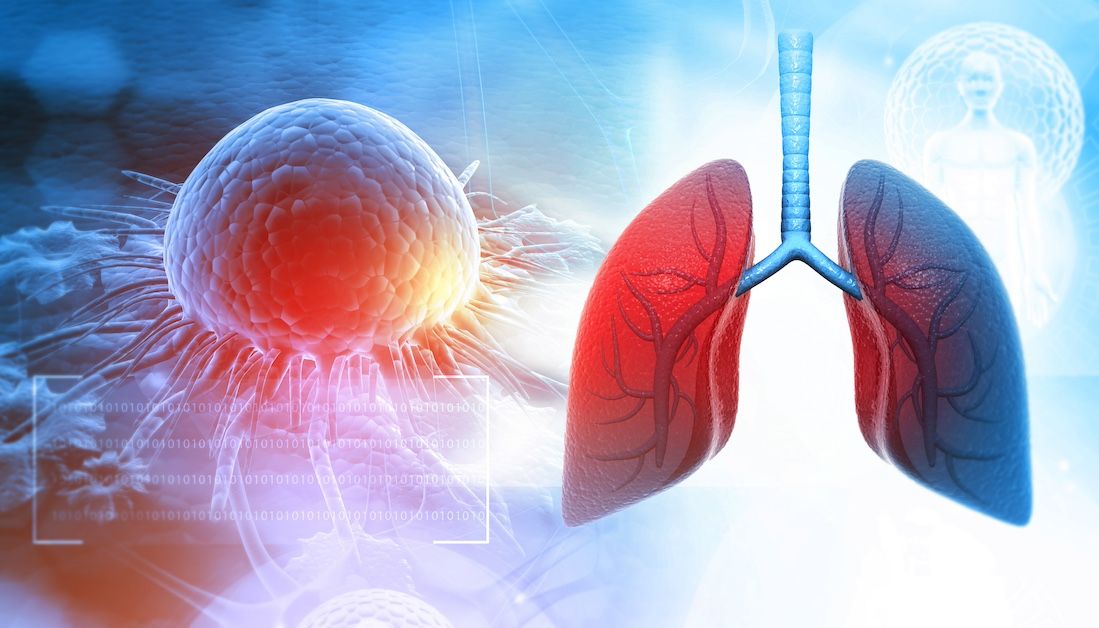Article
Can DBS for Parkinson Disease Become More Targeted?
Author(s):
Researchers hope that the benefits seen in a new protocol for deep brain stimulation (DBS) in Parkinsonian mice will extend to humans.
Using an animal model, researchers said they have recently found a way to refine deep brain stimulation (DBS) and make it more precise for Parkinson disease.
DBS allows researchers and doctors to use thin electrodes implanted in the brain to send electrical signals to the part of the brain that controls movement. It is a proven way to help control unwanted movement in the body, but patients must receive continuous electrical stimulation to get relief from their symptoms. If the stimulator is turned off, the symptoms return immediately.
Previous work identified specific classes of neurons within the brain’s motor circuitry that could be targeted to provide long-lasting relief of motor symptoms in Parkinson models. In that work, scientists used optogenetics, a technique that uses light to control genetically modified neurons. Optogenetics, however, cannot currently be used on humans.
In the latest research, published in Science, researchers used a new DBS protocol that uses short bursts of electrical stimulation in mice. In the protocol, the researchers target specific neuronal subpopulations in the globus pallidus, an area of the brain in the basal ganglia, with these short electrical bursts.
“This is a big advance over other existing treatments,” Aryn Gittis, PhD, an associate professor of biological sciences in the Carnegie Mellon Universty College of Science and faculty in the Neuroscience Institute, said in a statement. “In other DBS protocols, as soon as you turn the stimulation off, the symptoms come back. This seems to provide longer lasting benefits—at least four times longer than conventional DBS.”
Gittis said that researchers have been trying for years to find ways to deliver stimulation in such a cell-type specific manner.
“That concept is not new. We used a ‘bottom up’ approach to drive cell type specificity. We studied the biology of these cells and identified the inputs that drive them. We found a sweet spot that allowed us to utilize the underlying biology,” she said. “By finding a way to intervene that has long-lasting effects, our hope is to greatly reduce stimulation time, therefore minimizing side effects and prolonging battery life of implants.”
Scientists do not yet fully understand why DBS works, said Teresa Spix, PhD, the first author of the paper, although there are many strong theories. In the next phase of research, neurosurgeons at Pittsburgh’s Allegheny Health Network (AHN) will use Gittis’ research in a safety and tolerability study in humans.
Nestor Tomycz, a neurological surgeon at AHN, said that researchers will soon begin a randomized, double-blind crossover study of patients with idiopathic Parkinson disease. The patients will be followed for 12 months to assess improvements in their motor symptoms and frequency of adverse events.
Reference
Spix TA, Nanivadekar S, Toong N, et al. Population-specific neuromodulation prolongs therapeutic benefits of deep brain stimulation. Science. 2021; 374;201-206. doi:10.1126/science.abi7852





